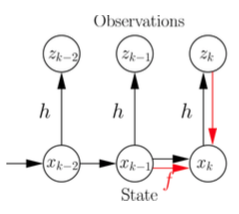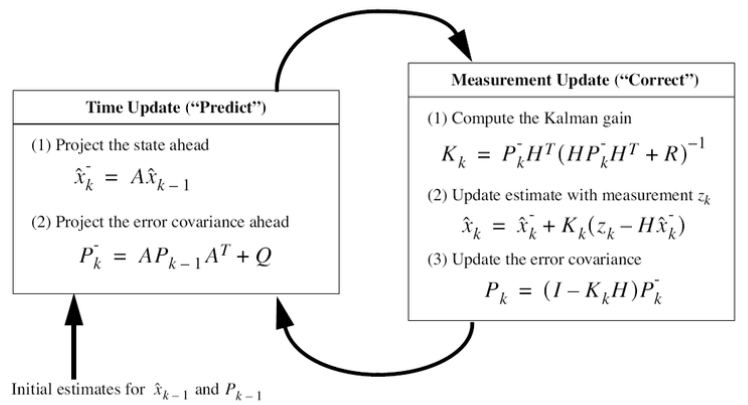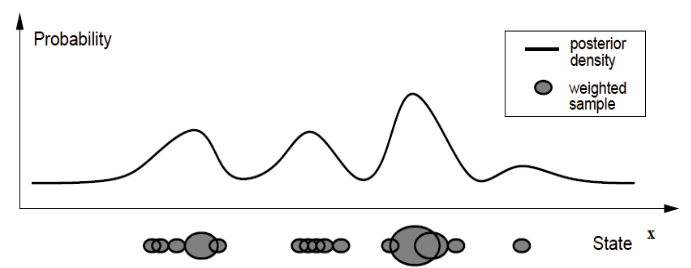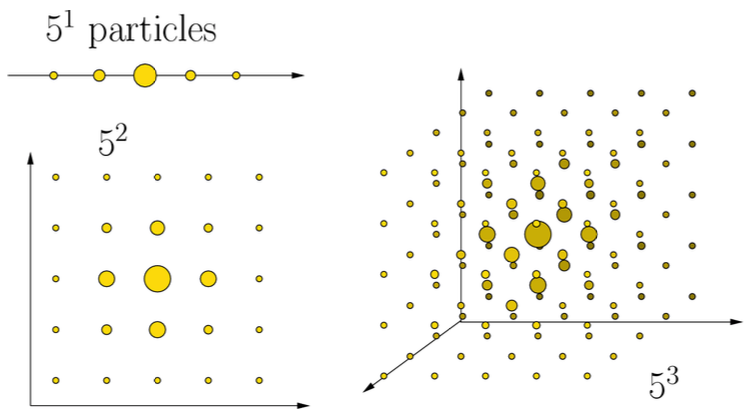Tracking
Introduction
Tracking Vs. Detection
Detection: Find an object in a single image
- Face, person, body part, facial landmarks, …
- No assumption about dynamics, temporal consistency made
Tracking:
determine a target’s locations (and/or rotation, deformation, pose, …) over a sequence of images
i.e.: determine the target’s state (location and/or rotation, deformation, pose, …) over a sequence of observations derived from images
Provides object positions (etc.) in each frame
Motivation
- Use more than one image to analyse the scene
- Use a-priori knowledge to improve analysis
- system dynamics, imaging / measurment process,
Target types
- Single objects: face, person, …
- Multiple objects: group of people, head and hands, …
- Articulated body: full body, hand
Sensor setup
- Single camera
- Multiple cameras
- Active cameras
- Cameras + microphones
observations used for tracking
- Templates
- Color
- Foreground-Background segmentation Edges
- Dense Disparity
- Optical flow
- Detectors (body, body parts)
Tracking as State Estimation
- Want to predict state of the system (position, pose, …)
- But state cannot directly be measured
- Only certain observations (measurements) can be made
- But Observations are noisy! (due to measurement errors)
What is the most likely state of the system at a given time, given a sequence of observations ?
: state of the system at time
: Observation / measurement about the certain aspects of the system at
time
Observations up to time : or
Bayes Filter

Assume state to be Markov process
States generate observations
Want to estimate most likely state given sequence :
Can be estimated recursively

Need:
- Process model:
- Measurement model:
Helpful resource:
Kalman filter
- An instance of a Bayes filter
- Assumes
- Linear state propagation and measurement model
- Gaussian process and measurement noise
The process to be estimated:
- : state at time
- : transition matrix
- : obeservation at time
- : measurement matrix
- : process noise
- : measurement noise

Note:
The simple Kalman Filter is NOT applicable, when the process to be estimated is NOT linear or the measurement relationship to the process is NOT linear.
The Extended Kalman Filter (EKF) linearizes about the current mean and covariance
Paticle Filter
Helpful resources:
- The Kalman Filter often fails when the measurement density is multimodal / non-Gaussian.
- A Particle Filter represents and propagates arbitrary probability distributions. They are represented by a set of weighted samples.
- The Particle Filtering is a numerical technique (unlike the Kalman filter which is analytical).
- Like a Kalman Filter, a Particle Filter incorporates a dynamic model describing system dynamics
Bayesian Tracking
Bayes rule applied to tracking
Simplifying assumption (Markov):
where
- : state at time
- : observation at time
- : history of states up to the time
- : history of observations up to
Observation and Motion Model
- : The likelihood that the is observed, given that the true state of the system is represented by
- : The likelihood that the state of the system is when the previous state was
Factored Sampling
Probability density function is represented by weighted samples (“particles“)

Particle Filter (PF)
For a PF tracker, you need
a set of weighted samples (particle) at time
\left\\{\left(s\_{k}^{(i)}, \pi\_{k}^{(i)}\right) \mid i=1 \dots N\right\\}the motion model
the observation model
The Condensation Algorithm
A popular instance of a particle filter in Computer Vision
Select
Randomly select new samples from the old sample set according to their weights
Predict
Propagate the samples using the motion model
Measure
Calculate weights for the new samples using the observation model
Illustration:

How to get the target position?
- Cluster the particle set and search for the highest mode
- Just take the strongest particle
How many particles are needed?
- Depends strongly on the dimension of the state space!
- Tracking 1 object in the image plane typically requires 50-500 particles
Problem
The Dimensionality Problem

Examples
Tracking one Face with a Particle Filter

State: (, , scale)
Observations: skin color
Procedure:
Select and predict samples
Measurement step
For each particle
- Count supporting skin pixels in box defined by (, , scale)
- Particle weights determined based on skin color support
Particle with maximum weight choosen as best solution
Tracking multiple objects
Two different approaches:
- A dedicated tracker for each of the objects
- Start with one tracker, once an object is tracked, initialize one more tracker to search for more objects
- Typically fast and well parallelizable
- Optimal global assignment / tracking difficult to find, Information has to be shared across trackers to find a good assignment
- A single tracker in a joint state space
- Easier to find optimal assignment
- Number of objects has to be known in advance
- State space becomes high dimensional (curse of dimensionality)
Face and Head Pose Tracking
- Particle filter: Head-pose estimation integrated in the tracker
- Observation model
- Use bank of face detectors for different poses
- Update particle weights with score of matching detector, i.e. the detector with closest angle to hypothesis
- Dynamical model: Gaussian noise, no explicit velocity model
- Occlusion handling
- Set particle weight to zero, if it is too close to another track’s center